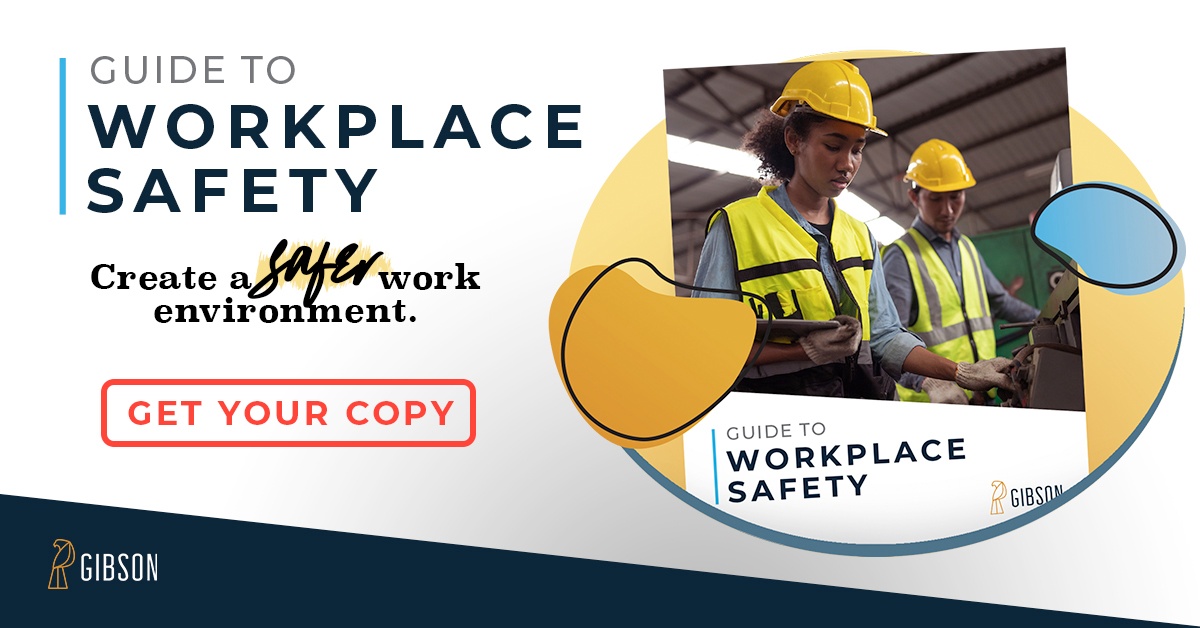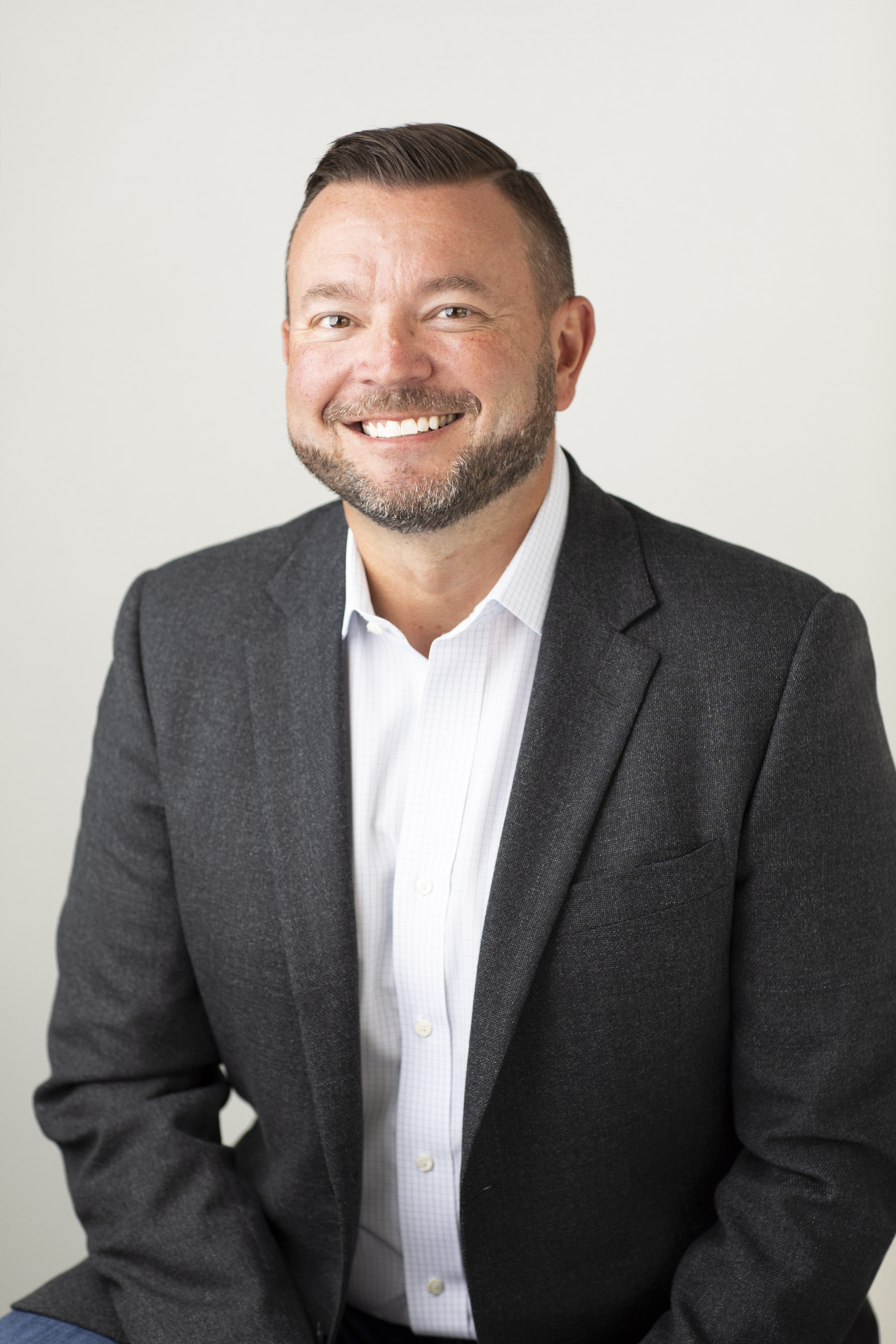Last month my Dad sent me an article from the Indianapolis Star and said, “You should write a blog about this.” I assumed a political piece from Dick Morris was coming my way. Instead it was the tale of a resurrection.
It caught my attention right away. As the story goes, the CEO’s gut told him it was time. A once high flying business unit was mired in negativity. The head of the unit was openly critical of a very key and promising new employee that still needed more development. He didn’t trust several other rising stars enough to work on the firm’s best assignments. Whereas a decade ago they were one of the best in their business, the “wins” had become few and far between. So the CEO called the unit leader in and fired him.
And it gets even more interesting. In spite of the tough conversation, in the midst of the firing, the CEO thanked the unit leader for some things. He had helped to start the rebuilding process by installing a system based on a high standard of expectation and excellence. There was no arguing that. He just wasn’t the positive force the team needed at this point. But the CEO valued his opinion and asked who the best candidate to replace him was. The unit leader still had great respect for the CEO and even though it was time for him to leave, he knew exactly the right person to take his place. The CEO took his advice and promoted from within the organization.
That was two years ago. Today this group is hands down the industry leader. Competitors speak publicly of their admiration for the organization. And beyond dominating today, they are built to dominate in the future as well. It’s a great story of a fall from high achievement into the abyss of mediocrity and the resurrection to elite status.
How did they pull it off?
- They created a vision of the future that included getting back to an expectation of excellence. Leadership believed in the vision and worked hard to get everyone on board. You see, they are in a more rural marketplace than many of their competitors so the CEO knew they would have to rebuild differently than other organizations. “I told our group, ‘There are going to be times you doubt me like everybody else and I understand that. It’s part of it. But stick with me.’”
- They had to change their culture. It started with changing the leader of their flagship business unit. This was difficult because he had been critical in the building of the unit, but now they needed a different style of leadership to reach the next level. “I told the executive team that if I heard any negativity from them, other than correcting employees on day-to-day tasks, I would fire them on the spot. We are going to be positive about the future!” said the CEO. Laughing, he said he thinks the new unit leader may have taken it too far since he hasn’t heard a single ounce of negativity from him in the past three to four years: “He’s done an excellent job.”
- Next they courageously jettisoned some talented employees who didn’t fit with the organization any longer. They knew that in the short run they might risk some customer relationships and revenues would suffer but in the long run it would be worth it. As a member of their executive team said, “Our leadership was willing to do the hard things and stand there and say, ‘It’s going to work,’ when nobody else thought so.
- They began investing in their future by surrounding their veterans with new but inexperienced talent. They realized how fortunate they were to have those remaining loyal and committed veterans and wished they could clone them. They would have to grow their own. “We needed to find people who, if they really worked at it, could be special, and we got lucky. I knew we were going to take a lot of grief, but that was all right,” said the CEO.
- They avoided the “savior syndrome” and waited to bring in big time outsider “free agents” until their foundation was together. These were key additions no doubt, but done to fill a specific need. They avoided the temptation for a quick fix. The CEO recalled one hire in particular. “The turnaround really became complete when he joined us. The whole outlook changed on the team as he became the face of the organization. He brings it every day. He expects his teammates to always do the right thing. He expects them to come together, work hard, play hard, and get along.”
What’s The Risk?
Are you stuck in the middle? Not too bad, but not as good as you want to be? The risk is to continue to accept your journey down Mediocrity Lane, missing the full potential of your organization. What could your people – the ones that stick around - have become? How could you have truly made a difference to your clients?
Innovation often comes with great short term challenges. Organizational change is never easy. It takes courage and trust. And on the other side, maintaining the discipline to stick to the plan versus “betting the ranch” on one single miracle hire or idea can be just as difficult.
But when it all comes together, through hard work, perseverance and an unwavering commitment to the vision, it truly is sweet.
Dad, you were right. This story was blog-worthy! If you want to read the entire piece about this Indiana organization and their CEO – his name is Larry – you can find the article by Phil Richards here.




